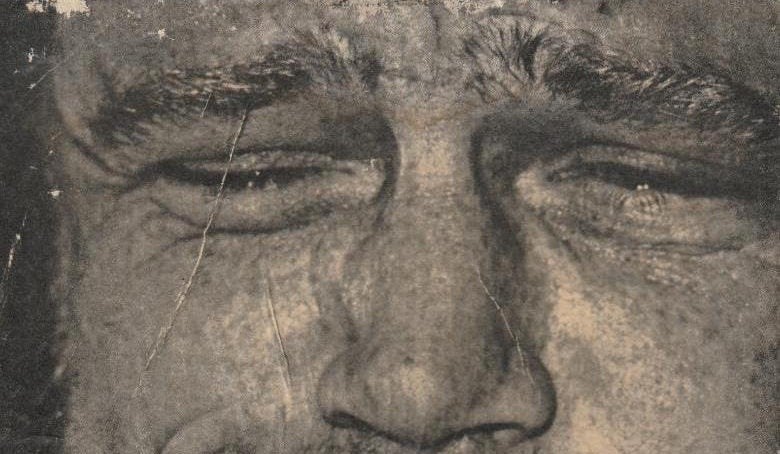Behjat Sadr

Solo show.
« I swear, I’m not an abstract painter!
They say that if the guilty repent, God will forgive them their sins and they will be redeemed. I admit my fault. Yes, I was an abstract painter, but I beg you, forgive my sins and accept my repentance. I will not think in an abstract way anymore. I swear to God that I will paint a flower like a flower. I will mix mud and fertilizers and throw them in your face, so that your lungs will open. You’re an animal who sniffs the feces of its fellow creatures and licks their buttocks in their cage. You only know your tiny dark world and do not feel any sensation, apart from the smell of your farts. »
Behjat Sadr, excerpt from an unsent letter in response to a personality from the Iranian art market, found in the artist’s diary, 1976.
« Can the anguish and terror of this end of the century be represented by a painting on canvas? Should we express them with words? Should we photograph them? We must…we must use and take everything that can express the feelings of our time, tear off pages from magazines, glue them…and find again new tools. Ways to express oneself through painting are so vast nowadays. (…) This man who makes a grimace with a tire stuck onto his mouth does he not represent the life of so many today? »
Behjat Sadr, about her photo collages, 1995
Behjat Sadr (1924 – 2009) was born in Arak, Iran. She lived and worked in Tehran, Rome and Paris. After studying at the school of fine arts in Tehran, Sadr continued her training in Rome and Naples, where she began to make abstract paintings. The idea of movement is at the center of the artist’s practice during her kinetic period of the late 1960’s, when she made works with motorized blinds. From the 1950’s through the late 1970’s Sadr worked with many different media (canvas, aluminum, metal, wood) and instituted her quintessential raw and assertive trace that the work is known for. During the 1980s and 1990s Sadr embraced a more diverse practice, often mixing painting and photography, in which one can perceive her wanderings through Paris and the loneliness of age and exile.
Behjat Sadr has had solo shows at Galerie La Bussola, Rome, Italy (1958) Galerie Seyhoun, Tehran, Iran (1967) ; Galerie Cyrus, Paris, France (1975) ; Tehran Museum of Contemporary Art, Tehran, Iran (2004) ; The Mosaic Rooms, London, UK (2018). Sadr’s work has been part of numerous group exhibitions such as the Venice Biennale (1956, 1962) ; Tehran Biennial (1956) ; Columbia University, New York (1968) ; Centre d’art Le Noroît, Arras (1985) ; Musée National d’Art Moderne, Centre Pompidou, Paris, France (2013) ; Asia Society, New York, USA (2013) ; Musée d’Art Moderne de la Ville de Paris, Paris, France (2014) ; MAXXI, Rome, Italy (2015).